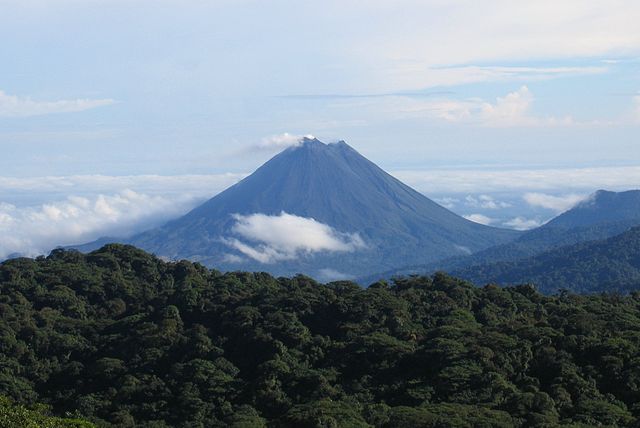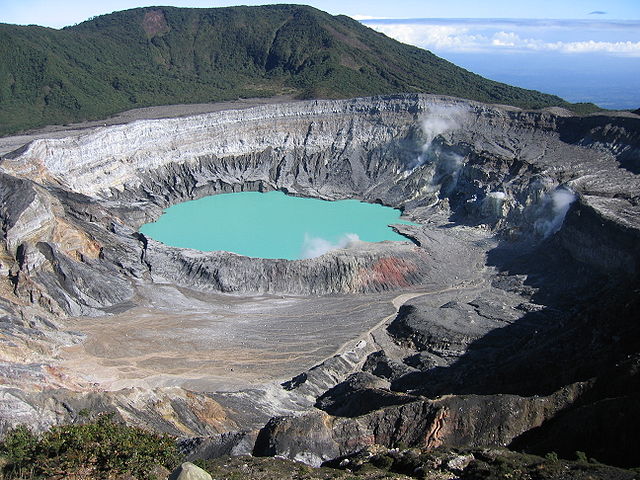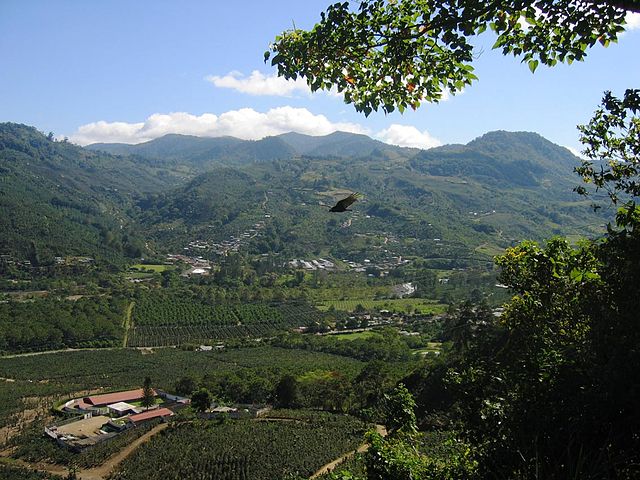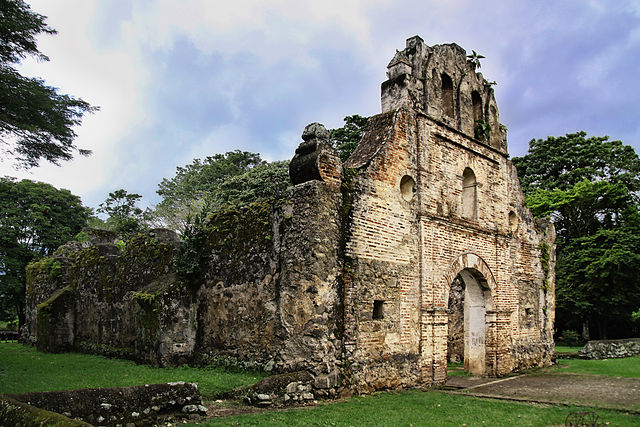
Central Valley
Costa Rica’s four major cities: San Jose, Alajuela, Cartago and Heredia are situated between 1,000 and 1,500 meters altitude in the part of the Cordillera Central known as the Meseta Central (Central Plateau). The main entryway to the country, the Central Valley offers a variety of tourist, cultural and natural attractions, including Costa Rica’s best museums: the Gold, Jade, National, Costa Rican Art, La Salle Natural Science, University of Costa Rica Insect and Children’s Contemporary Art and Design Museums. In addition, this region is home to the architectural jewel of Costa Rica: the National Theater.
All of these are located in the country’s capital. The national parks located in the Valley-Poa¡s, Braulio Carrillo, Iraza and Turrialba-protect the region’s main volcanoes. All have road infrastructure so that visitors can enjoy their birds, natural landscapes, craters and forests.The country’s capital, San Jose, is the seat of most government services; however, the provincial capitals-Alajuela, Heredia and Cartago-offer a variety of quality commercial and tourism services.
As a tourism zone, the Central Valley features two extraordinarily beautiful areas that in and of themselves are true tourist destinations: Turrialba and Valle de los Santos. The rural towns, for their part, are highly picturesque,and offer a glimpse
of old Costa Rica, with their houses of bahareque (a building material similar to adobe but made of cattle dung and straw), large coffee plantations, sugar mills and dairies.
The Central Valley – West: The mountainous landscape of western Meseta Central is characterized by high volcanoes, small lagoon-like lakes, idyllic villages, old churches and narrow winding streets. This densely populated region of Costa Rica has only two major cities, Heredia and Alajuela.
The most interesting tourist attractions in the western Meseta Central lie to the north of the capital city, making Heredia the most logical starting point for excursions into this unique area.




